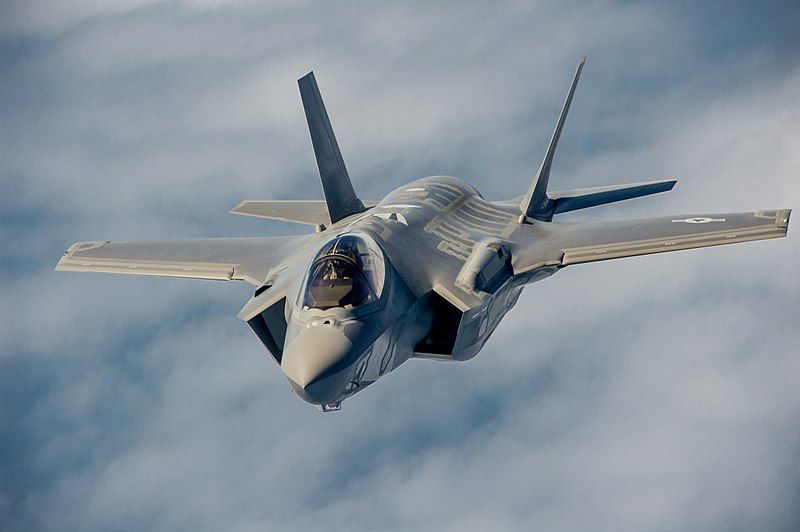There are some amazingly flexible and capable platforms out there, but the more you try to make something one-size fits all, the less it fits.
A formula one racer, a stock racer, and a dune buggy are built for radically different environments than a minivan or compact car. As always, the question of "which is best" first depends on first answering the question: "for what?"
Which brings us to the Didact taking a look at the current state of the F-35. After going over a severely shortened list of known deficiencies, he notes:
I mean, this is a plane that is actually a gigantic security threat to America's own allies. It cannot perform the missions for which it was designed in the first place. It isn't stealthy under combat conditions. It appears to be quite an unforgiving aircraft; you cannot even come close to pushing it to its performance limits, because if you do, you could die. And it is buggier than a damned roach motel.
Words alone fail to convey what an utter disaster this clown-car crash is.
On top of that it is butt-ugly, and no, not in that functional A-10 way. It looks like a flying brick, without even the degree of grace seen in an F-4 Phantom. And that, where the Navy is concerned, it's got one engine. Sure, I've seen the arguments that an engine failure these days is almost as unlikely as a dual engine failure used to be, or close enough. And yes, the Navy signed off on it. But if one gets shot up or damaged via what could be called 'external causes", and you only have one? Well, who cares if your one engine is less likely to stop on its own if it has a cannon round through it?

